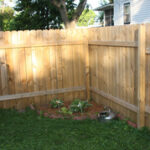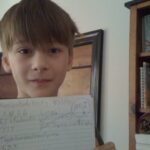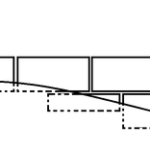Setting up a block area is crucial in a preschool setting. Blocks appeal to children because they are free to explore while constructing. Parents may see the blocks just as toys, but blocks are truly excellent for children’s growth in many categories. They can develop physical hand strength in hands while building. Children use their language skills when they are asked questions about their constructions.
Math can also be taught in the block area. A child may say we need six blocks to make a fence. Or if they are building a road they may have to decide if a shorter block would be better than a longer block. They can also learn how many small blocks it takes to make a long block.
Patterning is a skill often associated with blocks as well. Children can build objects by alternating large blocks with small ones. Or if they have colored blocks they could make patterns out of the colors, such as red, green, blue, red, green blue.
Cause and effect is another thing learned. A child will be able to see that if they stack too many blocks too high they will fall.
Setting up the block area:
The block area should be set up in a corner of the room that is well defined. It should be large enough for the children to build so they are not knocking down each other’s constructions. Do not place blocks near quiet area, rather try setting it up next to dramatic play as that is a noisier area as well.
There are many types of blocks to choose from for your block center. A variety is nice so children do not get bored. Hollow blocks are wonderful for building large structures like a bus or a car. Unit blocks are perfect for building roads and small houses. Consider foam blocks if safety is an issue. Add PVC pipes with connectors so large sculptures can be made. Cleaned out milk jugs spark children’s curiosity too, especially during the winter months or when talking about Eskimos.
If space is an issue with your block area, consider rotating blocks in and out of the center every few weeks. While it is nice to have many blocks available, your center may not be set up to allow all the blocks on the shelf at a time. Have two or three varieties out so children can still have a choice.
Props are essential for blocks. Add people or cars to a shelf. Animals can also be added. You can rotate these items as needed. Other great items to add are car mats, blueprints, books related to construction, and items from nature such as pinecones, sea shells, sticks, or rocks.
Another awesome idea is to have a few clipboards, a supply of paper, and pens at the center. Or consider adding a dry erase board to the center on the wall. This is a great idea so children can make blue prints before they build or to draw it after they build so they remember what it looked like if they wish to build it another day.
Taking pictures of the children’s constructions is a wonderful way to decorate the block area. Children will be able to look back and reflect on what they have built in the past.
Blocks are a great way for children to learn. Many great skills are learned through block play. Having a great block set up will make the learning that much easier.




